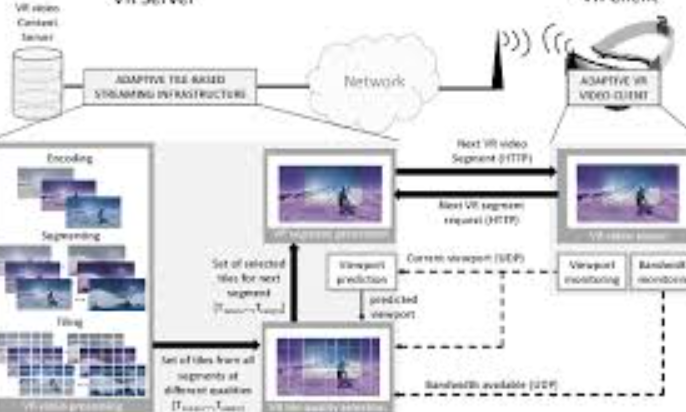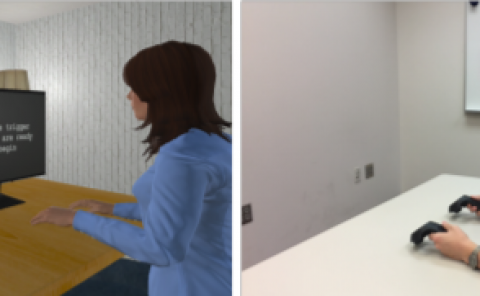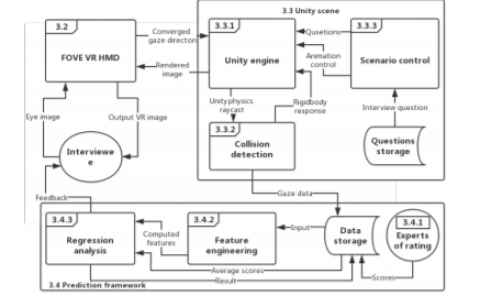Effects of Adaptive Streaming Optimizations on the Perception of 360° Virtual Reality Video
PubDate: October 2018
Teams: Ghent University
Writers: Joris Heyse; Maria Torres Vega; Tim Wauters; Femke De Backere; Filip De Turck
PDF: Effects of Adaptive Streaming Optimizations on the Perception of 360° Virtual Reality Video

Abstract
As the demand of Virtual Reality (VR) video streaming to mobile devices increases, novel optimization transport techniques need to be designed to cope with these ultra-high-bandwidth video services. One approach currently attracting attention is the application of adaptive tile-based streaming solutions to the VR video arena. The VR videos are encoded at different quality levels, temporally divided into segments and spatially split into tiles. During the streaming, each of these tiles can be transmitted independently according to its location within the frame (i.e., within or outside of the user’s field of view). These methods open a new venue for bandwidth and latency optimization for the streaming of VR videos. However, the effect of the different adaptive streaming optimizations on the end-user perception is still an open research topic. In this demo, we present a VR video platform to experience the working principles of adaptive tile-based VR video streaming services. Through different tiling approaches, bandwidth conditions and viewport algorithms, it allows the users to explore the effects that each optimization has on the perception of the service. In addition, the platform provides real-time bandwidth savings and objective Quality of Experience (QoE) measurements to provide a quantitative analysis of the optimizations effects. This demo aims to provide a common playground for researchers to benchmark and evaluate the performance of their optimization solutions.



